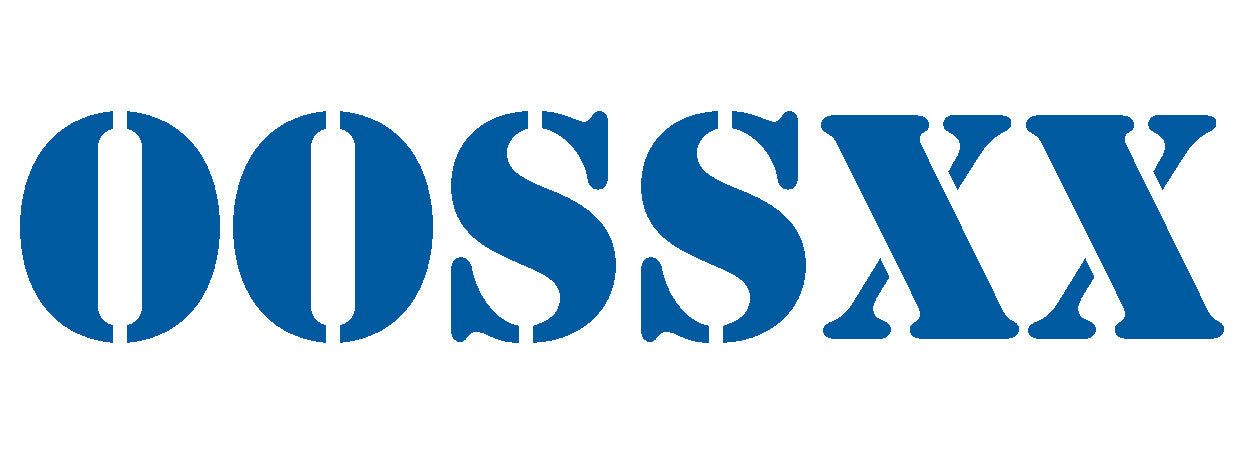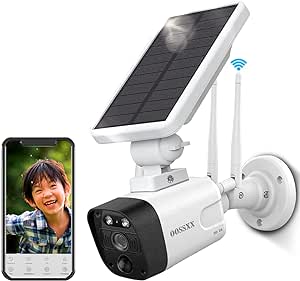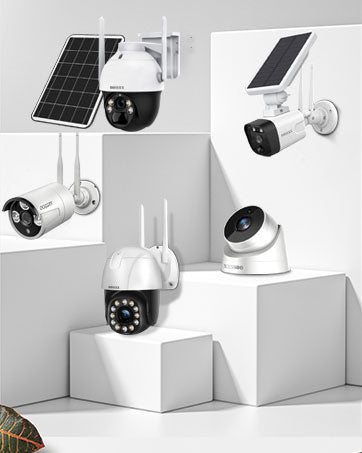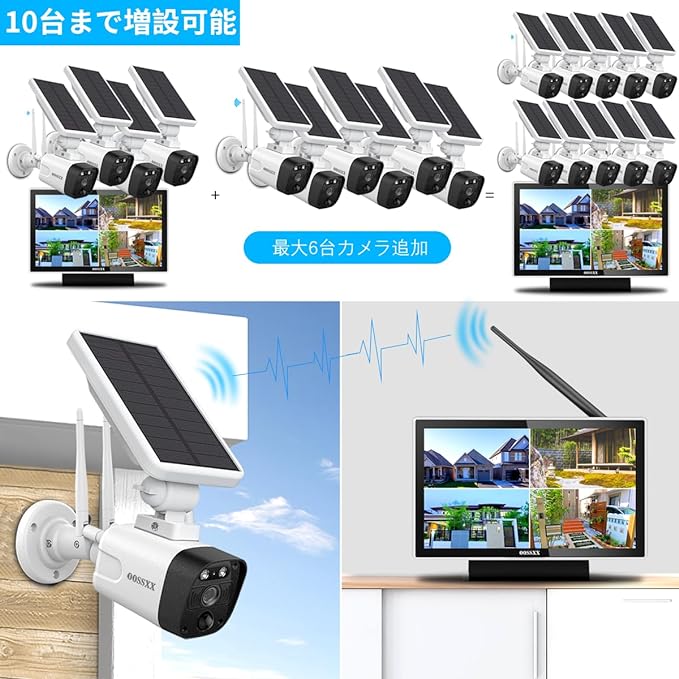Advantages of Specialization: Embedded DVRs have specialization in terms of stability, reliability, ease of use, etc. Embedded DVRs are specially designed for surveillance applications, with optimized hardware and software, which can better adapt to the requirements of the surveillance environment and provide stable reliability. On the other hand, PC platform DVRs are more versatile but somewhat lacking in specialization.
Scalability: PC platform DVRs are versatile and scalable. PC platform DVRs can freely expand their hardware configuration according to user requirements. For example, you can increase the hard disk capacity, add more monitoring channels, etc. This allows the PC platform DVR to play the role of the master in a network video surveillance system and adapt to the surveillance needs of different scales.
Digitalization and networking: DVRs adopt digital recording technology, realizing the digitalization and networking of surveillance systems. Embedded DVRs are now generally equipped with network ports, realizing network access and remote control, allowing users to check the surveillance screen anytime and anywhere via the Internet. The trend of networking also promotes the popularization of video encoders and network cameras, further improving the efficiency and convenience of surveillance systems.
High Definition: DVRs represent a trend in which surveillance systems are evolving towards high definition. As technology advances, DVRs support higher resolution video recording, moving from traditional D1 resolution to higher HD resolutions. This provides greater clarity and detail on the surveillance screen.
As mentioned above, DVR surveillance technology has obvious advantages in terms of digitalization, networking and high definition, and has become the optimal choice for surveillance systems in the current market.Embedded DVR and PC platform DVR each have their own advantages, meeting different surveillance needs and application scenarios.
Digitization and networking are expressed in the following points:
Digitization: Previously, digitization mainly referred to storing video and audio as digital signals. With the popularity of IP surveillance systems, digitization has expanded to include concepts such as digital capture, digital transmission, digital storage, and digital display. Some new types of DVRs today are in line with this comprehensive digitization. These DVRs can simultaneously receive digital and analog signals, and manage, record, and play back and display network cameras via the network. Such DVRs are useful for retrofitting existing analog surveillance systems, and can effectively reduce the total investment by reusing existing analog cameras and adding new network cameras.
Networking: With the development of DVR, NVR (Network Video Recorder) that only supports network audio and video signals will become more and more popular in the future. The trend of networking has increased the requirements for network communication performance of surveillance systems. NVRs use high-performance CPUs and Gigabit Ethernet ports and multiple network interfaces to achieve high-quality network transmission performance. Some advanced manufacturers are now offering ultra-high-performance DVR-type products that integrate front-end device management, video transmission, video storage management, etc., further simplifying existing surveillance systems.
Changes in display output: In recent years, the price of LCD panels has dropped significantly, and compared with heavy and bulky CRT monitors, LCD monitors have become very cost-effective. In addition, current LCD monitors have large sizes, high resolutions and excellent display effects, making the traditional S-terminal, BNC and VGA interfaces no longer able to meet the requirements for high-quality display. For this reason, the HDMI digital interface has become the mainstream connection method for display devices. Some advanced manufacturers are now offering built-in DVRs that support the HDMI interface, allowing general surveillance users to enjoy high-quality display effects.
High Resolution Products
The fundamental factor behind the development of DVR digital interfaces is the change in the industry's understanding of high-definition surveillance. With the introduction of digital television signals, the requirements for high definition have been upgraded from D1 to 720P and 1080P, increasing the image resolution by 4 to 5 times.
After nearly two years of stagnation, several manufacturers now offer DVR solutions that support high-definition recording. There are two ways to achieve this. One is to achieve it directly within the DVR, where the video signal is input to the DVR through a digital interface, and the high-definition video encoding and recording function is realized within the DVR. As chip technology evolves, the encoding resolution of the DVR has room for further improvement. The other way is to use a high-definition network camera or high-definition encoder on the front end to acquire and compress images, then send them to the DVR via the network, and the DVR is only engaged in recording and displaying.
The main difference between these two methods is whether the image compression function is in the front end or the back end. In comparison, the first method is closer to the application of traditional DVR, and the image and device management is also relatively simple. However, there are relatively few high-definition cameras and high-definition dome cameras with digital interface output, and the high-frequency digital signal transmission line is short, so there is a bottleneck in the large-scale popularization of this method.
The second method mainly emphasizes the recording function of DVR. Although network transmission may have some risks of external conditions, high-definition network cameras are now quite common, and the installation is also easy and convenient. Therefore, many manufacturers are focusing on DVRs that support high-definition network recording.
Sample block quote
Praesent vestibulum congue tellus at fringilla. Curabitur vitae semper sem, eu convallis est. Cras felis nunc commodo eu convallis vitae interdum non nisl.
Sample lookbook gallery
Sample paragraph text
Damus id ullamcorper neque. Sed vitae mid a cosmo pretium aliquet an sedo delitos. Pellentesque nulla eros accumsan quis justo at tincidunt lobortis denimes loremous. Suspendisse vestibulum lectus in lectus volutpat, ut dapibus purus pulvinar. Vestibulum sit amet auctor ipsum. Proin molestie egestas orci ac suscipit risus posuere loremous.







